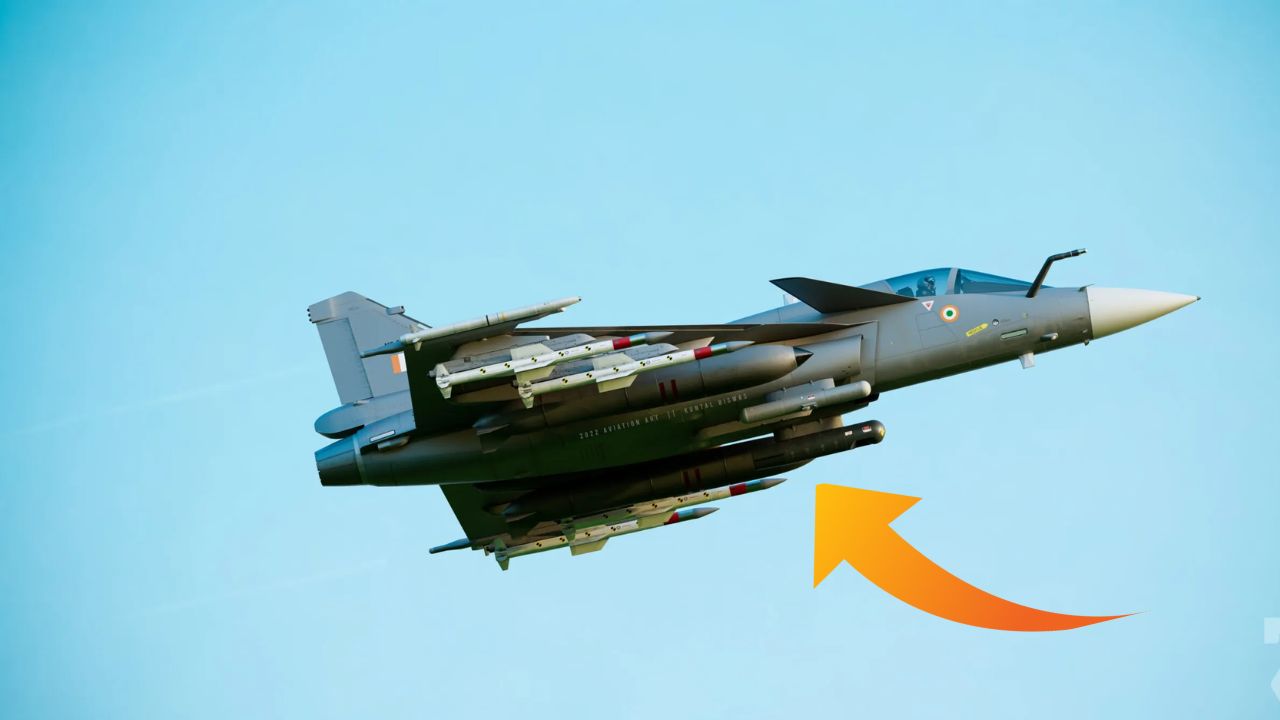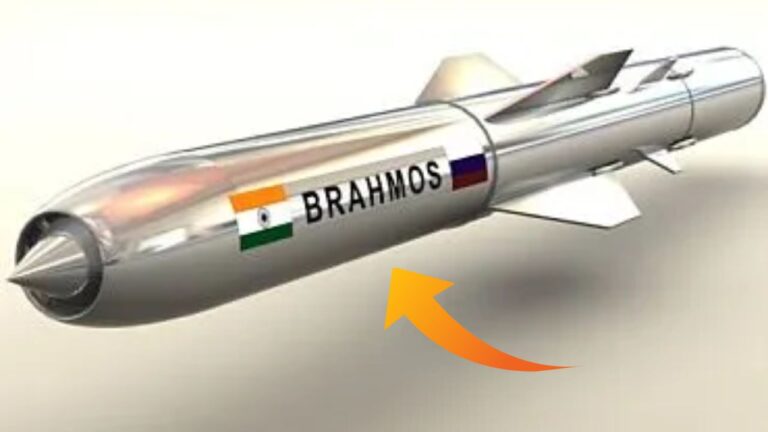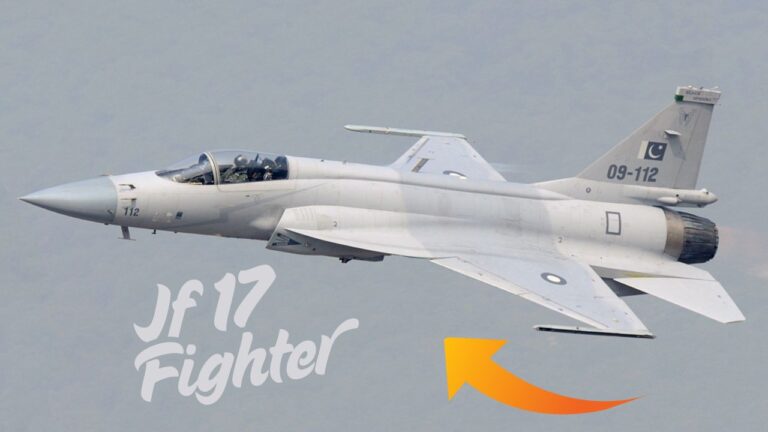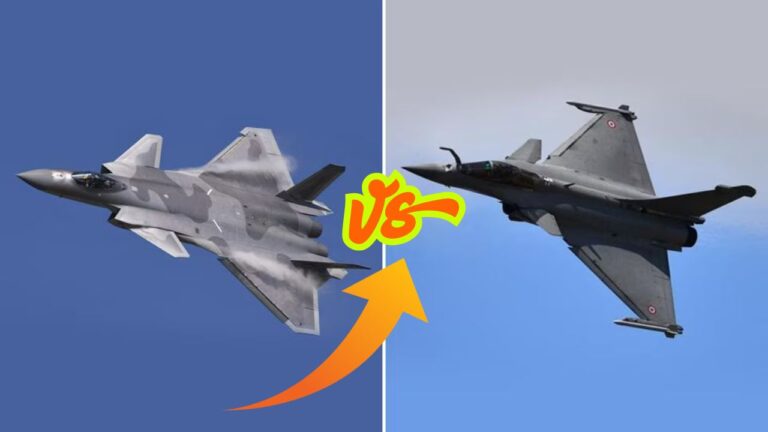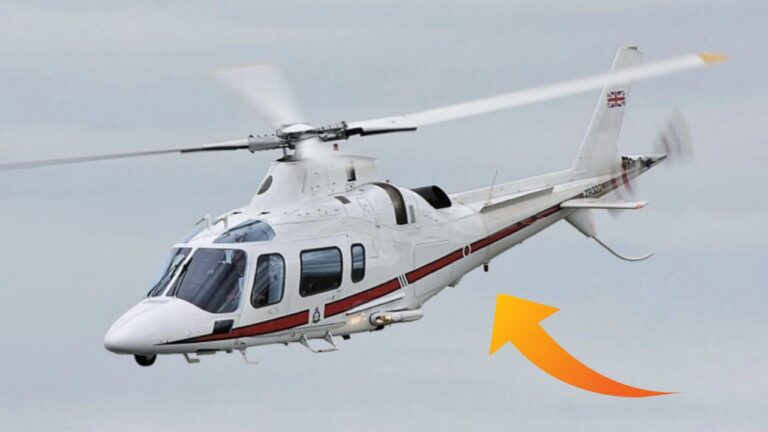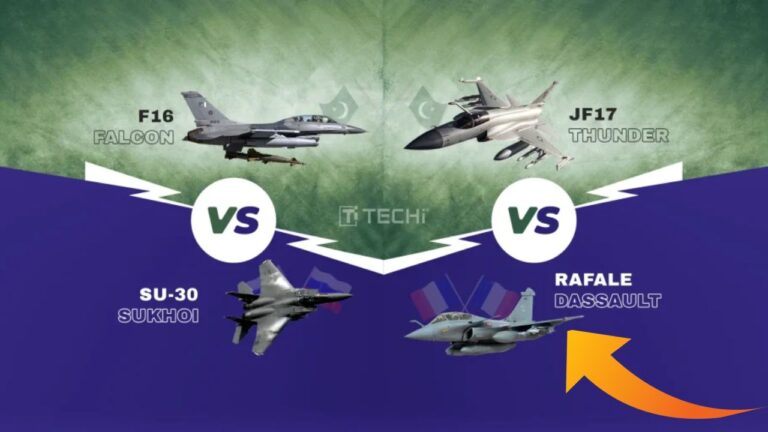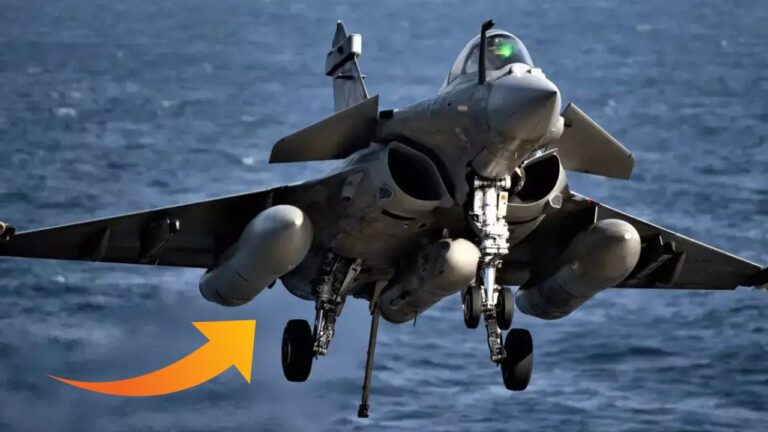India’s HAL Tejas fighter jet represents a big step in the country’s aerospace and defense. Developed by Hindustan Aeronautics Limited (HAL) as part of the Light Combat Aircraft (LCA) program, the Tejas is a 4.5-generation multirole fighter. It is designed for air-to-air and air-to-ground combat. Compact, agile, and cost-effective, it aims to replace the old MiG-21 fleet and boost the Indian Air Force’s self-reliance.
Over time, the Tejas has evolved through different versions, such as the Tejas Mk1, Mk1A, and the soon-to-come Mk2. Its development shows India’s advancements in aviation technology and a greater use of homegrown systems and avionics. With competitive pricing, advanced features, and growing export potential, the Tejas stands as a symbol of national pride. It is also a strong contender in global defense markets.
This article looks at the Tejas fighter jet’s price in India, top speed, specifications, and key characteristics.
Tejas fighter jet Price in India
HAL Tejas Mk1A costs about ₹325–347 crore per unit, which is roughly $39–42 million USD. The price varies based on configuration and contract terms. This amount covers advanced avionics, an AESA radar, electronic warfare systems, and other upgrades compared to the basic Mk1 model.
In November 2023, the Indian government approved the purchase of 97 more Tejas Mk1A jets for the Indian Air Force. The total cost is around ₹65,000 crore (about $7.8 billion USD), confirming that the unit price remains in this range.
Top-speed
Read More: F35 vs Rafale Price in India, Top-speed, Specifications and Characteristics
Specs
| Type |
Multirole Light Combat Aircraft (LCA) |
| Manufacturer |
Hindustan Aeronautics Limited (HAL) |
| Role |
Air-to-air and air-to-ground combat, interception |
| Top Speed |
Mach 1.6 (≈ 1,975 km/h) |
| Range (Combat Radius) |
≈ 500 km (Combat) |
| Maximum Takeoff Weight |
13,500 kg |
| Engine |
General Electric F404-GE-IN20 (single engine) |
| Thrust |
80 kN (with afterburner) |
| Radar |
EL/M-2052 AESA Radar |
| Avionics |
Digital fly-by-wire, advanced cockpit displays, D-30/IRST |
| Weapons Capacity |
3,500 kg (internal + external stores) |
| Armament |
Air-to-air missiles, air-to-ground bombs, rockets |
| Unit Cost (Tejas Mk1A) |
₹325–347 crore (≈ $39–42 million) |
| Operational Status |
In service with IAF (Tejas Mk1A) |
| Variants |
Tejas Mk1, Tejas Mk1A, Tejas Mk2 (under development) |
Alternatives
Western Alternatives
| Fighter Jet |
Origin |
Highlights |
| F-16 Fighting Falcon |
USA |
Affordable, proven in combat, widely used globally |
| Gripen E/F |
Sweden (Saab) |
Low cost, multirole, highly adaptable, ideal for smaller airforces |
| Eurofighter Typhoon |
UK/Germany/Italy/Spain |
High agility, powerful radar, good for air superiority |
| F/A-18 Super Hornet |
USA |
Carrier-capable, excellent for Navy and multirole roles |
| F-35 Lightning II |
USA |
5th-gen stealth, advanced sensor fusion, network-centric warfare |
Russian Alternatives
| Fighter Jet |
Origin |
Highlights |
| Su-30MKI |
Russia/India |
Multirole, highly maneuverable, already in IAF service |
| Su-35 |
Russia |
Advanced avionics, air superiority, long-range strike capabilities |
| MiG-29 |
Russia |
High agility, cost-effective, well-suited for fleet defense |
| MiG-35 |
Russia |
Budget-friendly, multirole, advanced radar and sensors |
| Su-57 (Checkmate) |
Russia |
Stealth, 5th-gen, suited for long-term strategic needs |
Indigenous Alternatives
| Fighter Jet |
Origin |
Highlights |
| Tejas Mk2 |
India |
Stealth features, improved performance, larger size |
| AMCA (Advanced Medium Combat Aircraft) |
India |
5th-gen stealth, long-term solution, still under development |
FAQs
1. What is the price of the Tejas fighter jet in India?
The Tejas Mk1A costs around ₹325–347 crore (approximately $39–42 million USD) per unit, depending on configurations and contract terms.
2. What is the top speed of the Tejas fighter jet?
The Tejas has a top speed of Mach 1.6, which is approximately 1,975 km/h.
3. What are the key features of the Tejas?
The Tejas is a lightweight, multirole fighter with advanced avionics, including an AESA radar, fly-by-wire controls, and high maneuverability. It is designed for air-to-air and air-to-ground combat missions.
4. When did the Tejas enter service with the Indian Air Force?
The Tejas Mk1 entered service with the Indian Air Force (IAF) in 2016. The Tejas Mk1A was introduced in 2023, with upgrades in avionics and performance.
5. How many Tejas jets does the Indian Air Force have?
As of 2025, the Indian Air Force has received more than 40 Tejas jets, with additional orders for 97 Tejas Mk1A jets.
6. How does the Tejas compare to other fighter jets like the Rafale?
The Tejas is more cost-effective, lighter, and less powerful than jets like the Rafale or F-35, but it is highly capable for its role in interception, light ground attack, and air patrol missions. It’s more affordable and suited for large-scale, multirole operations.
7. What is the range of the Tejas?
The Tejas has a combat radius of approximately 500 km, and a ferry range of about 2,000 km with external fuel tanks.
8. What weapons can the Tejas carry?
The Tejas can carry a wide range of weapons, including air-to-air missiles, air-to-ground bombs, precision-guided munitions, and rockets. It also has multiple hardpoints for external fuel tanks and weapons.
9. Is the Tejas fighter jet suitable for export?
Yes, the Tejas is positioned as an exportable platform due to its affordability and advanced capabilities. It has already attracted interest from countries looking for cost-effective combat aircraft.
Conclusion
The HAL Tejas is a major milestone in India’s aerospace efforts. It highlights the country’s progress in building military technology. The Tejas features a lightweight design, advanced avionics, and versatility for air-to-air and air-to-ground combat. This makes it a valuable asset for the Indian Air Force. Its competitive price and modern features, like AESA radar and fly-by-wire controls, make it appealing to India and potential international buyers. Although it may not match the speed or power of advanced fighters like the Rafale or F-35, the Tejas excels in cost-effectiveness and reliability across various combat situations. With the ongoing work on the Tejas Mk2 and the AMCA, India is on track to enhance its defense self-reliance, with the Tejas playing a crucial role in the nation’s aerial defense strategy.

